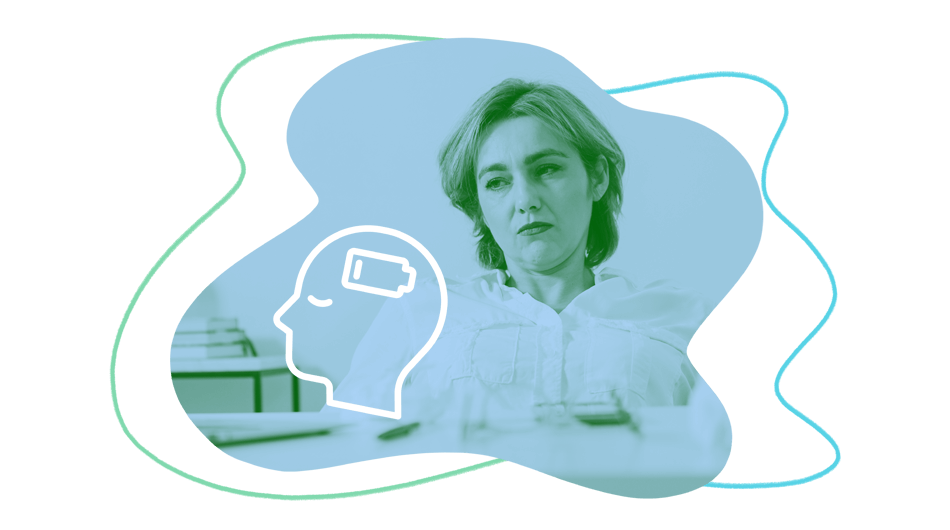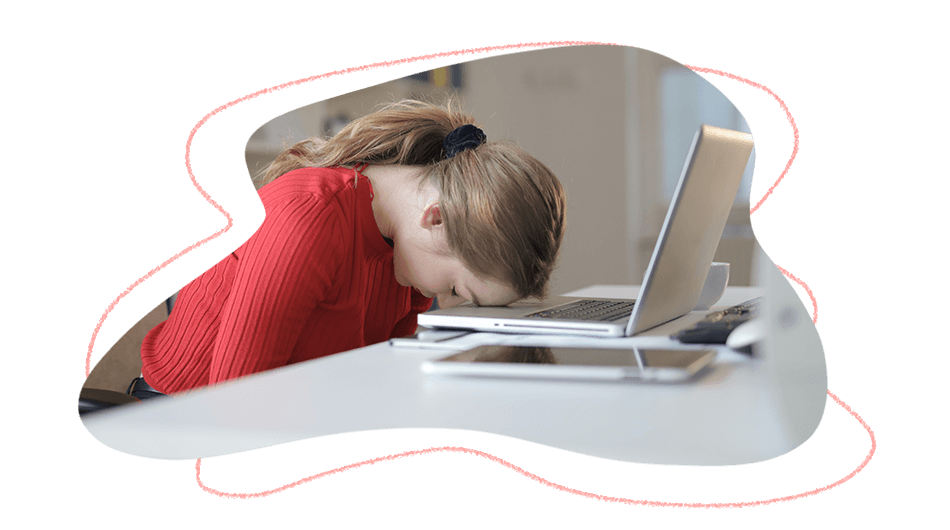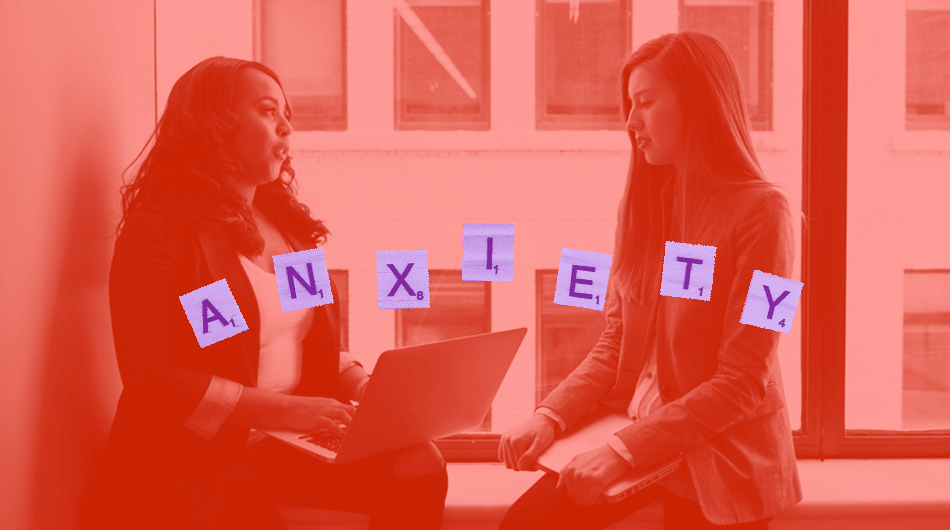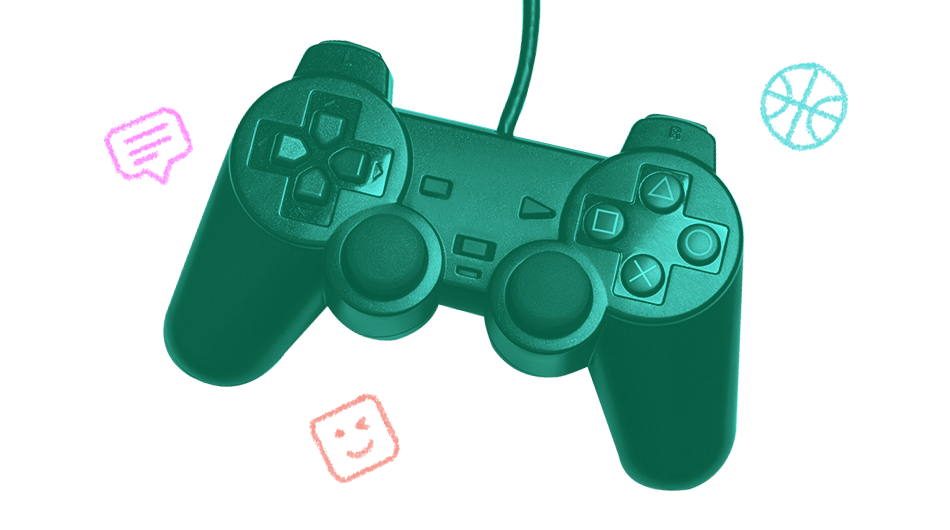Due to the global pandemic that broke out three years ago, the educational system did the impossible to maintain the learning process. The quick response and adequate measures enabled learning sessions to transit smoothly to an online environment. Schools and universities learned critical lessons that led to establishing best practices in traditional education, all revolving around three key factors: effective teachers, suitable technology, and engaged learners.
Three painful lessons that cannot be ignored
At the beginning of the lockdown, the educational system took the appropriate measures, and learning was moved to the digital environment. At first glance, everything was roses:
- Teachers utilized digital technologies to provide interactive lessons to students.
- Learners spent less time traveling and acquired new digital skills.
However, as a few months passed away, problems started to appear. We’ve listed the three critical factors that influenced e-learning in a negative aspect.
Virtual teaching burnout

Many professionals considered that stress will fade away as they transit to the virtual setting. However, when well-established tutors left the traditional classroom, they found it hard to adapt to the dizzying change the digital environment implied.
Exposure to digital technologies has a proven record of harm on human’s mental health. Isolation and social distancing predispose one to apathy and a lack of ambition to dive deep into work, which is common for virtual teaching burnout:
- inability to focus, unprecedented mistakes and frequent exhaustion
- low self-esteem and low desire to engage in communication
- trouble sleeping
Great technology does not always mean effective technology
There is countless educational software on the market with good functionality. However, basic features are not always suitable for youngsters, as most of them have a short attention span. That’s why explaining a complex topic with a presentation might not engage learners and bore them. Tutors should utilize interactive tools that can easily manage and draw attention. For example, VEDAMO’s virtual classroom allows teachers to boost the learning experience by:
- breakout rooms that enhance small group interaction
- whiteboard tools, boosting collaborative creation of learning content
- opportunity to present the learning content in various formats: text, images, audio, video, tables, mind maps, drawings, etc.
By utilizing these tools, teachers help learners not to feel lost in complex formulas or abstract concepts.
Students’ mental health

Unsurprisingly, students also experience burnout and struggle with mental health problems. During the pandemic, learners had to study, eat, sleep and relax at home, which is scientifically proven to lead to lower productivity and anxiety. To preserve a high-performing online learning community, tutors should encourage group discussions about life issues, taking breaks, and performing meditation and other breathing techniques.
Best practices educational institutions adopted
As mentioned above, best educational practices are established based on the effectiveness of the teaching approach, technology, and learner performance. Here are some strategies that educational institutions adopted and led to remarkable outcomes.
Strategies to boost both mental and physical health

As expected, several studies supported the fact that the global pandemic and lockdown deteriorated the mental health of students and teachers. Thankfully, innovative schools brought to the table some efficient strategies to overcome this massive problem that lowers performance:
- Physical activities. A simple walk in the neighborhood, 1 hour of fitness, or yoga is a proven method of increasing productivity based on the release of dopamine in students’ brains
- Outdoor lessons. Both learners and teachers can take their mobile devices and participate from a bench in the local park, providing that they have a stable Internet connection. Similar activity can lower stress levels and anxiety.
- Human interaction. One-to-one conversations between teachers and students can benefit both sides. Learners need to know that they are supported and that someone believes in their capabilities. Also, teachers feel more fulfilled by their work when helping youngsters to overcome insecurity and anxiety.
E-learning software encouraging students’ engagement
The e-learning software tutors should offer interactive opportunities that stimulate students’ learning. Apart from video conferences and online whiteboard, VEDAMO’s virtual classroom has a set of tools that come in handy:
- Breakout rooms are essential when it comes to working in groups and discussions.
- Customizable session templates help tutors create themes and story paths for learners.
- The Media Player helps visual learners consume complex information in the form of videos.
- Screen-sharing & recording additionally help students excel in the learning process.
Innovative teaching approach

The teacher’s approach is essential for students’ retention. Combined with the proper attitude, all the techniques and strategies tutors apply provoke learners’ thinking and engage them. Here are the best-known practices that show astonishing results:
- Gamification. Quizzes, challenges, rewards, bonuses, timed flashcards, and worksheets are popular tools in the gamification approach. They can be easily implemented in digital sessions: the tutor sets a topic and divides students into breakout rooms. The goal is to complete a challenge or discuss how to solve quizzes in groups. The winning team receives rewards so as to boost motivation.
- Microlearning. This technique is based on learning small chunks of information in a short time, thus reaching a specific goal. Utilizing short explainer videos, whiteboard animations, infographics, and social media posts, students manage to perform better at school.
- Project-based learning (PBL). PBL helps students solve real-life problems. Utilizing a specific toolkit and setting SMART goals help learners demonstrate knowledge and create a product (presentation, business plan, etc.).
Online and hybrid education forced students to become more flexible regarding learning, which also helped them build digital competencies. Furthermore, it affirmed that the teaching approach is the critical factor that defines learning outcomes. Utilizing suitable e-learning technology and tools, dedicated tutors inspire students to strive for knowledge and achieve excellence.
